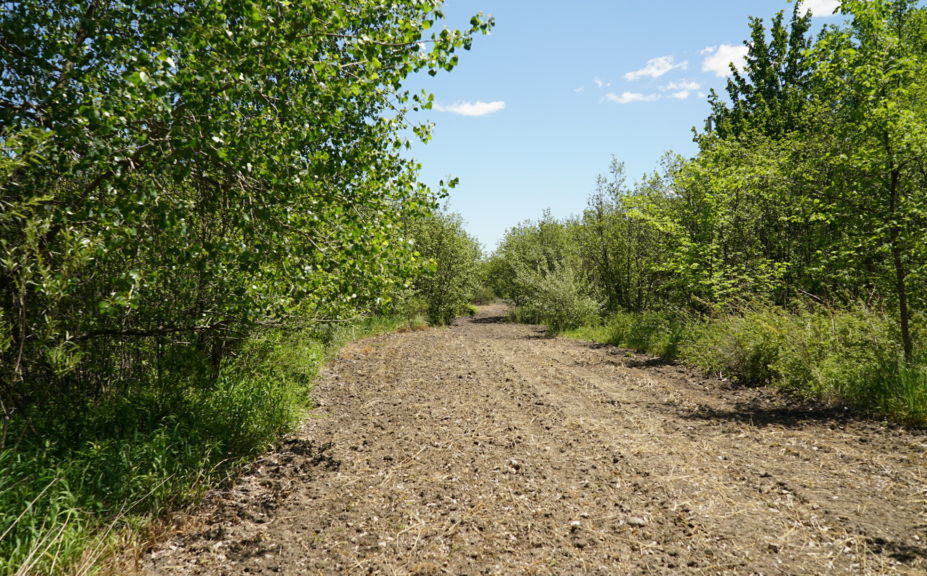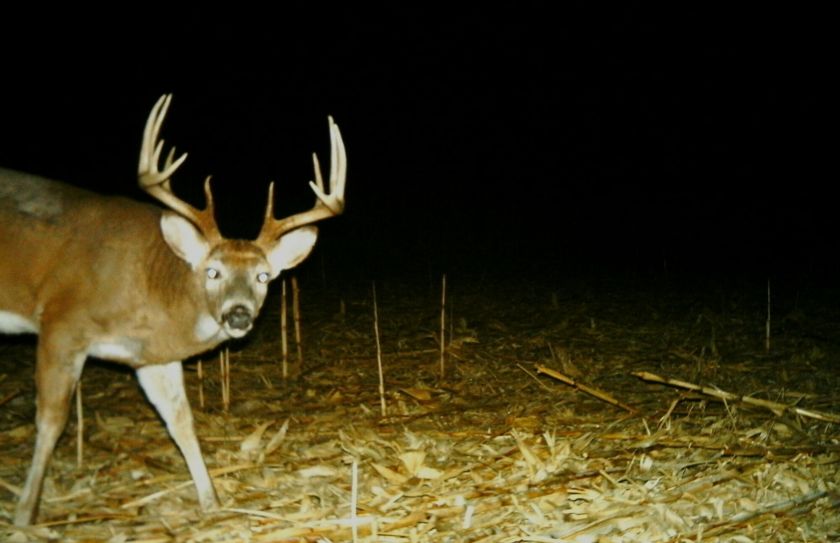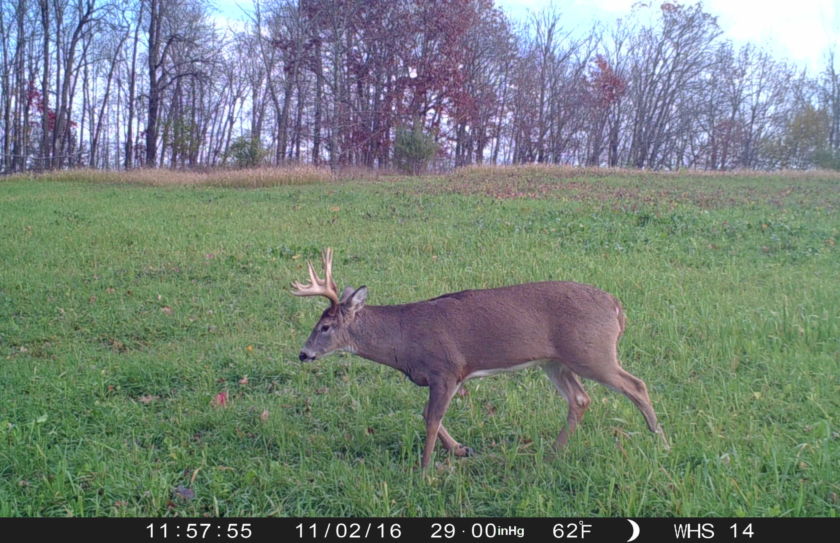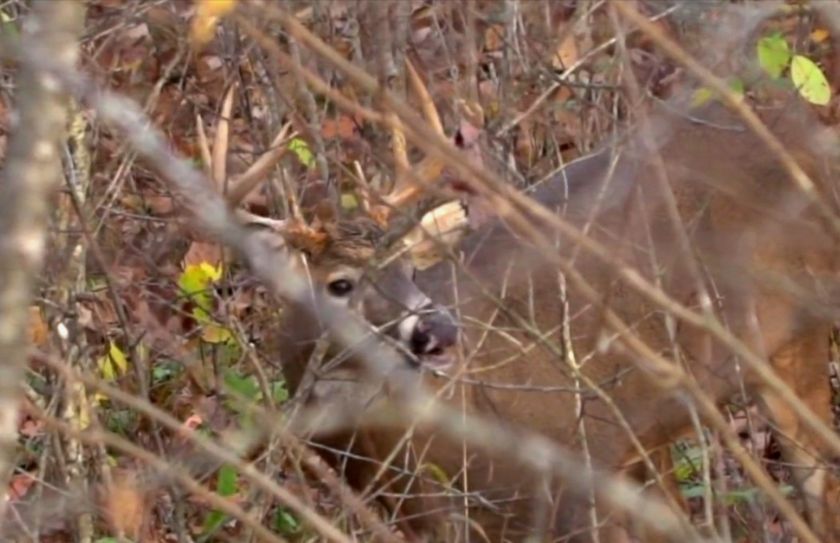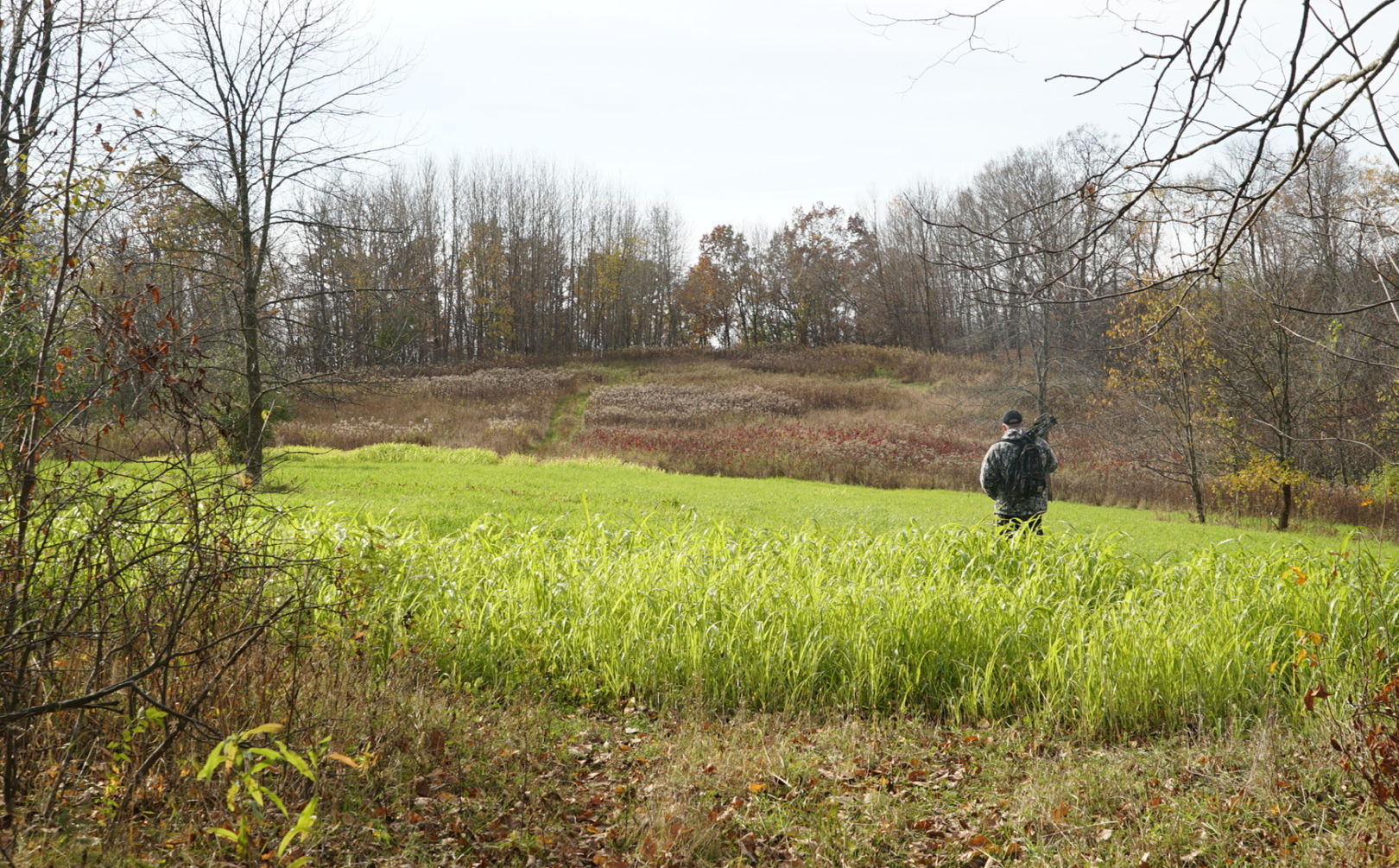
If you are relying on your neighbors to feed the local buck herd that live on your land, then your ability to attract, hold and create an outstanding hunt or herd, will be severely lacking. Food plots are critical for your private land parcel, for creating a highly defined daylight movement that represent the bottom of the afternoon buck movement funnel, on your own land. If that funnel is on your neighbor's land, the impact of any other habitat efforts on your own land will be severely hampered. The more that you control the defined daylight afternoon feeding movement to food plots on your own land for the entire season, the greater the opportunity you have to realize your whitetail dreams. There are 3 important daylight buck holding strategies that you need to consider, when it comes to creating food plots on your land.
3 Basic Buck Holding Food Plot Strategies
A great parcel can never be built on hardwood cuttings and native vegetation management. Why? Because while native vegetation is critical for daylight bedded whitetails, they can not define an afternoon food source movement at a time when whitetails are seeking a much higher level of food quality. Deer feed 5 times in a 24 hour period. Those 5 feedings equal two during the bedding hours between mid morning and mid afternoon (feedings #1 and 2), the afternoon time slot roughly an hour prior to dark (feeding #3) and then 2 nocturnal food source feedings that are safe, social and typical within wide open cover sources such as mature hardwoods or ag fields (feedings #4 and 5). On private lands the only answer that can provide high quality food that represents the highly critical afternoon food source movement all season long (feeding #3), are food plots. While native vegetation of hardwood regeneration, wood shrub tips, briars, grasses and acorns are all examples of important #1 and #2 feeding opportunities, if they aren't paired with a high quality #3 feeding on your land consisting of food plots, then your opportunity to create a quality herd and hunt is limited on the vast majority of deer parcels. Here are 3 critical strategies for using food plots on your own lands -and not unreliable and poorly positioned food sources on your neighbors- to help you experience incredible buck hunts and whitetail herds:
1. The Afternoon Deer Feeding Funnel
The afternoon deer feeding funnel takes place at the point of the location of the afternoon, daylight destination food source. Whether you have a cluster of 3 or 4 food plots or just 1, your food sources should represent the daily afternoon daylight feeding destination for a deer that most likely are bedding within 200 to 400 yards in several directions. As the deer congregate roughly an hour prior to dark, they feed, fill their bellies and then eventually head to neighboring food sources after dark. The short window of afternoon daylight movement is a season-long buck movement that you can capitalize on to not only set up a hunting season approach for mature bucks, but to attract, hold, protect and build and quality deer herd. If the afternoon funnel of quality food source is on your neighbors land, your ability to build a quality herd or hunt is minimal at best, regardless of your good intentions or non-food source whitetail habitat creations.
2. Exterior Deer Food Source Risks of Ag and Other Neighboring Food Sources
Neighboring food sources can be extremely inconsistent and rarely support a defined daily afternoon food source movement all season long. At the same time, it is a very whitetail parcel strategy to consistently observe whitetails that congregate at the bottom of the funnel on your neighbor's land, during the afternoon daylight hours.
3. Consistent Level of Food Plot Quality
Your ability to support a daily defined afternoon food source movement is only as great as your ability to offer season long consistency in a high diversity of food plot plantings. While the level of quality of your food plot offerings does not have to be high, it does need to be adequate, diverse and consistent. This is why a base planting of a diversity of greens can work just about anywhere to support a season-long afternoon movement, in particular when greens can create an outstanding balance in relation to neighboring af fields or mast crops.
